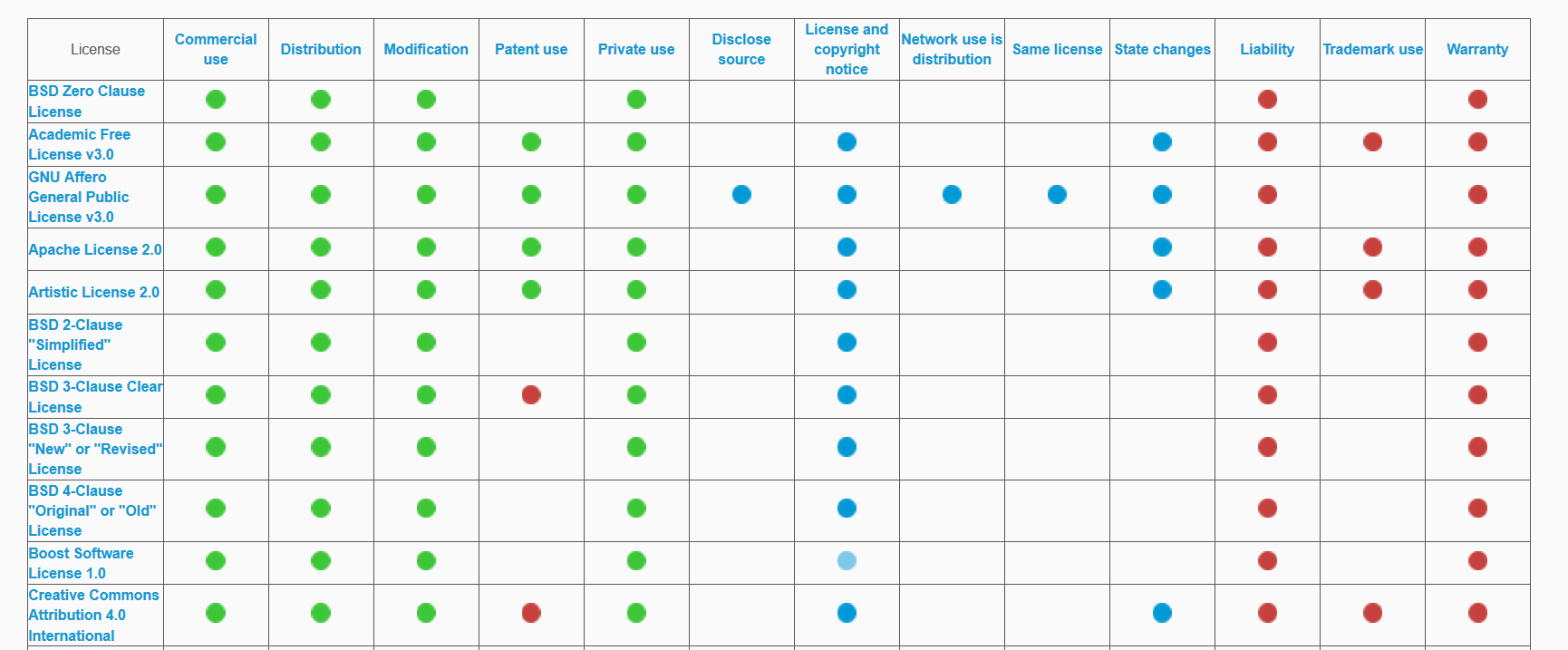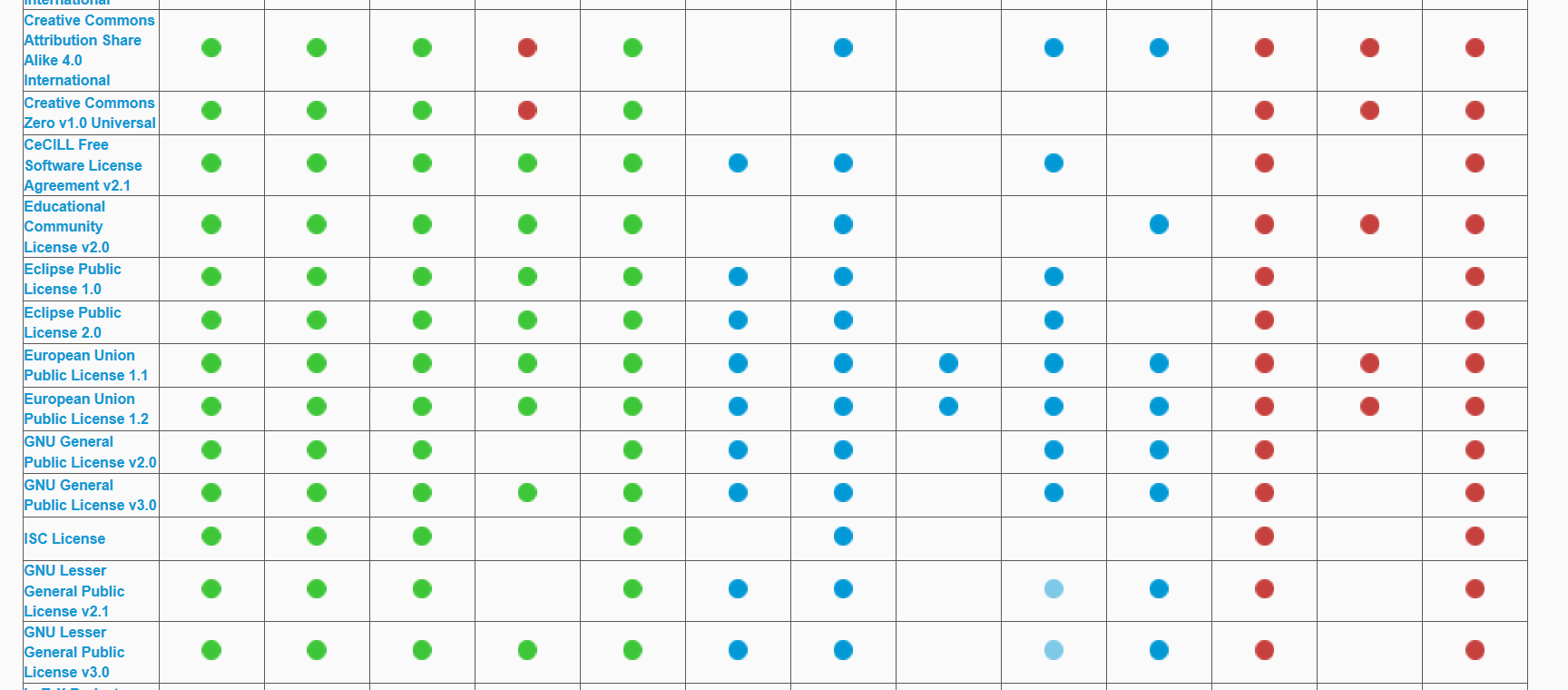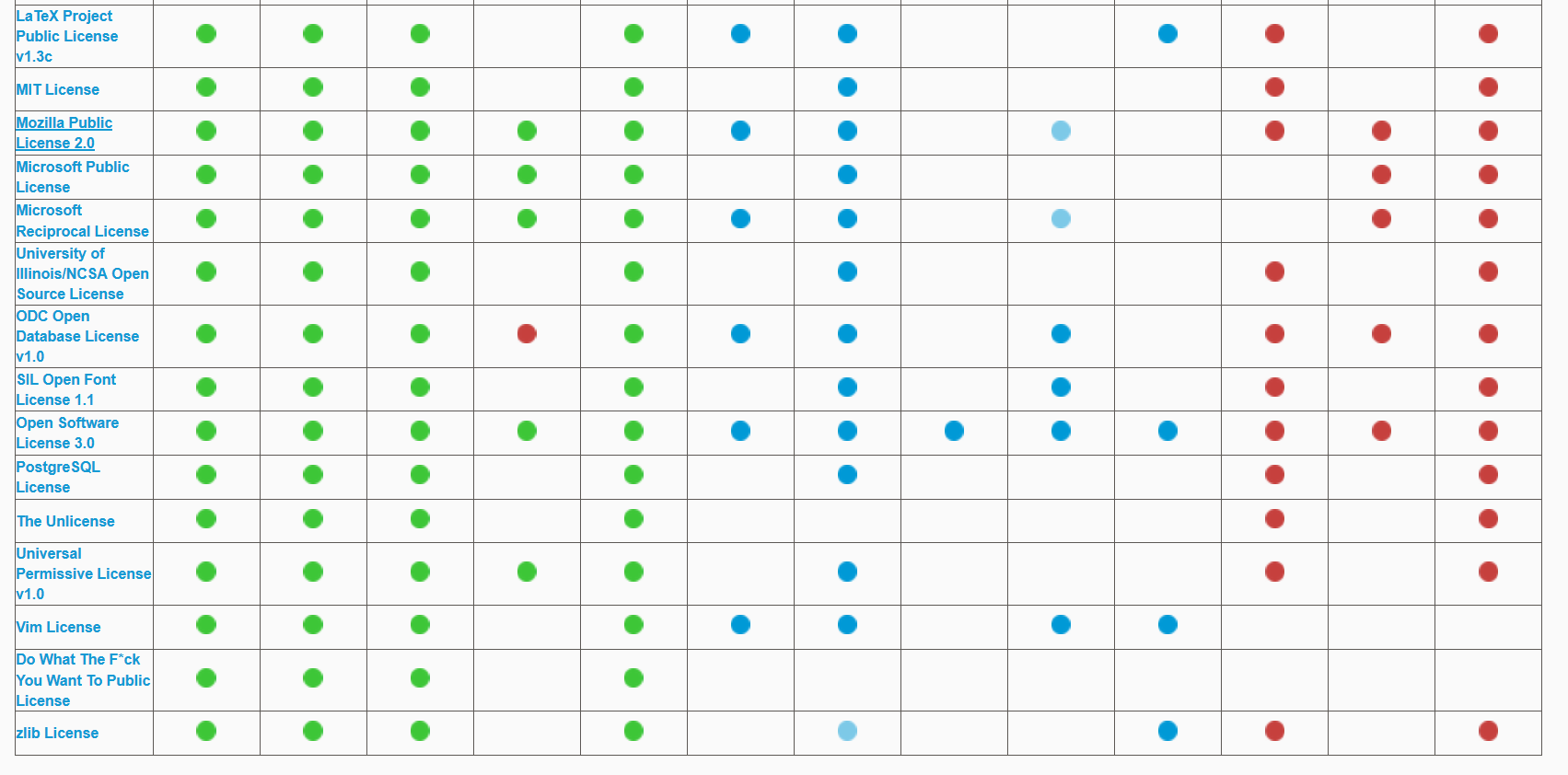'Unless you send something to the market, it won't send anything back to you.'
African Proverbs
Invention, Intellectual Property and Income

What is an Invention?
An invention is a unique or novel device, method, composition or process (Reference). The invention process is a process within an overall engineering and product development process. It may be an improvement upon a machine or product or a new process for creating an object or a result. An invention that achieves a completely unique function or result may be a radical breakthrough.
Who is an Inventor?
An inventor is a person who creates or discovers a new method, form, device or other useful means that becomes known as an invention (Reference). To be known as an inventor, the person must create a novel device or process.
What is Intellectual Property?
According to World Intellectual Property Organization (WIPO), Intellectual property (IP) refers to creations of the mind, such as inventions; literary and artistic works; designs; and symbols, names and images used in commerce. IP is protected in law by, for example, patents, copyright and trademarks, which enable people to earn recognition or financial benefit from what they invent or create. By striking the right balance between the interests of innovators and the wider public interest, the IP system aims to foster an environment in which creativity and innovation can flourish.
Types of Licenses
Drawing from the information on WIPO's domain, there are six types of IPs. These are:
Two types of patents can be obtained: 1. Utility or Function patent (this spans 20 years from filing), and 2. Design or Aesthetic patent (this spans 15 years from grant).
NOTE: The types of IP listed above are commercial-oriented licenses, and does not take cognizance of open source technologies or application. That been said, we now look into the types of Open Source licenses with which an open source enthusiast can protect his or her inventions.
Types of Open Source Licenses
Myth buster
Before we proceed, it is vital that one breaks a myth about what is open source or what it represents. these are stated below:
Having highlighted different types of commercial IP rights, we now look into how open source enthusiasts can also be protected. In case you as an inventor would like to use an open source license, but do not know which one to use. Please consult this Website.
Open source license is a license that allows the source code or design to be used, shared or modified under defined terms and conditions.
Appendix
The picture below represents a the different types of open source license, and how they can be applied.



How to Support Open Source
The methods highlighted below can be used to encourage open source enthusiasts:
The Fab Charter
Though the Fab Charter in itself is not a license. It is the 'Code of Conduct' that all FabLabs should adhere to. With respect to this section, there are some point from the Fab Charter that one could use as a pointer on how to conduct ourselves when protecting our inventions or replicating those made by others.
What is a fab lab?
Fab labs are a global network of local labs, enabling invention by providing access to tools for digital fabrication.
What's in a fab lab?
Fab labs share an evolving inventory of core capabilities to make (almost) anything, allowing people and projects to be shared
What does the fab lab network provide?
Operational, educational, technical, financial, and logistical assistance beyond what's available within one lab
Who can use a fab lab?
Fab labs are available as a community resource, offering open access for individuals as well as scheduled access for programs
What are your responsibilities?
Who owns fab lab inventions?
Designs and processes developed in fab labs can be protected and sold however an inventor chooses, but should remain available for individuals to use and learn from
How can businesses use a fab lab?
Commercial activities can be prototyped and incubated in a fab lab, but they must not conflict with other uses, they should grow beyond rather than within the lab, and they are expected to benefit the inventors, labs, and networks that contribute to their success
How to Generate Income?
As stated in the sections above, reasonable income can be generated from your inventions. However, quoting the word of Prof Gershendfeld, 'The primary motives of those Gurus who ended up generating great income from their inventions were: 1.To make the world a better place for all, and 2. To have effective approach on how they would like to spend their time.' This correlates with one of my few coined philosophies which says 'Using the urge to become rich as the reason for invention will make us walk the lanes our ancestors walked in chains.' That been said, how can one expect to generate income from his or her invention? Below are some of my tips (Please be aware that these tips are as a result of numerous open source development projects I have conducted in three continents):
Lastly, you can now proceed to this week's assignment HERE.
